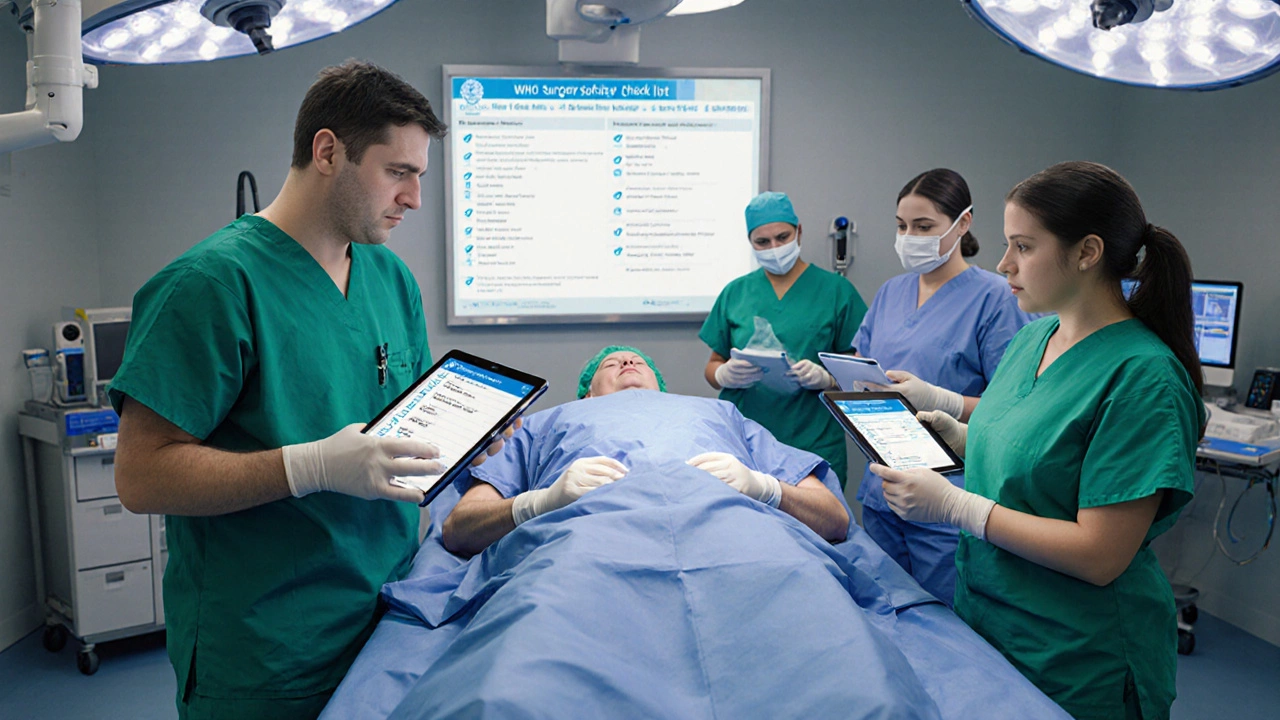Surgical Site Infection: Signs, Risks, and How to Prevent It
When you have surgery, your body starts healing—but it’s also vulnerable. A surgical site infection, an infection that develops at the location of a surgical incision. Also known as post-operative wound infection, it’s one of the most common complications after any operation, whether it’s a knee replacement, heart surgery, or even a simple appendix removal. This isn’t just about redness or swelling. It’s about bacteria getting into the cut, multiplying, and turning recovery into a battle.
Most surgical site infections show up within 30 days after the procedure. You’ll notice warmth, pus, increasing pain, or fever. Sometimes the wound reopens. These aren’t rare flukes—they happen in about 1 to 3 out of every 100 surgeries in India, according to hospital data. Factors like diabetes, smoking, obesity, or long surgeries make it more likely. And if you’re recovering at home without proper guidance, the risk goes up. That’s why knowing the warning signs isn’t just helpful—it’s lifesaving.
Preventing a surgical site infection starts before the knife even touches skin. Clean skin, sterile tools, and antibiotics given at the right time cut the risk in half. But recovery is just as important. Keeping the wound dry, washing your hands before touching it, and watching for changes are simple but powerful steps. Many people don’t realize that even a small scratch near the incision can let bacteria in. And if you’re using herbal supplements like Ashwagandha or other remedies during recovery, some can interfere with healing or immune response. You need to talk to your doctor—not just assume everything natural is safe.
Recovery after surgery isn’t just about resting. It’s about being smart. If you’ve had knee replacement surgery, heart surgery, or bone surgery, you’ve already been through a lot. A surgical site infection can undo weeks of progress. That’s why so many posts here focus on what happens after the hospital discharge—how your body reacts, what pain is normal, and when something’s wrong. You’ll find real stories from people who faced these infections, what helped them recover, and how they avoided it next time.
Below, you’ll see posts that cover everything from the emotional toll of post-surgery complications to the practical steps you can take at home. Whether you’re a patient, a caregiver, or just trying to understand what goes wrong after surgery, these articles give you the facts—no fluff, no fearmongering, just what you need to know to stay safe and heal right.
-
16
Learn why the surgical safety checklist is the number one rule of surgery, how it safeguards orthopedic patients, and practical steps to implement it effectively.
